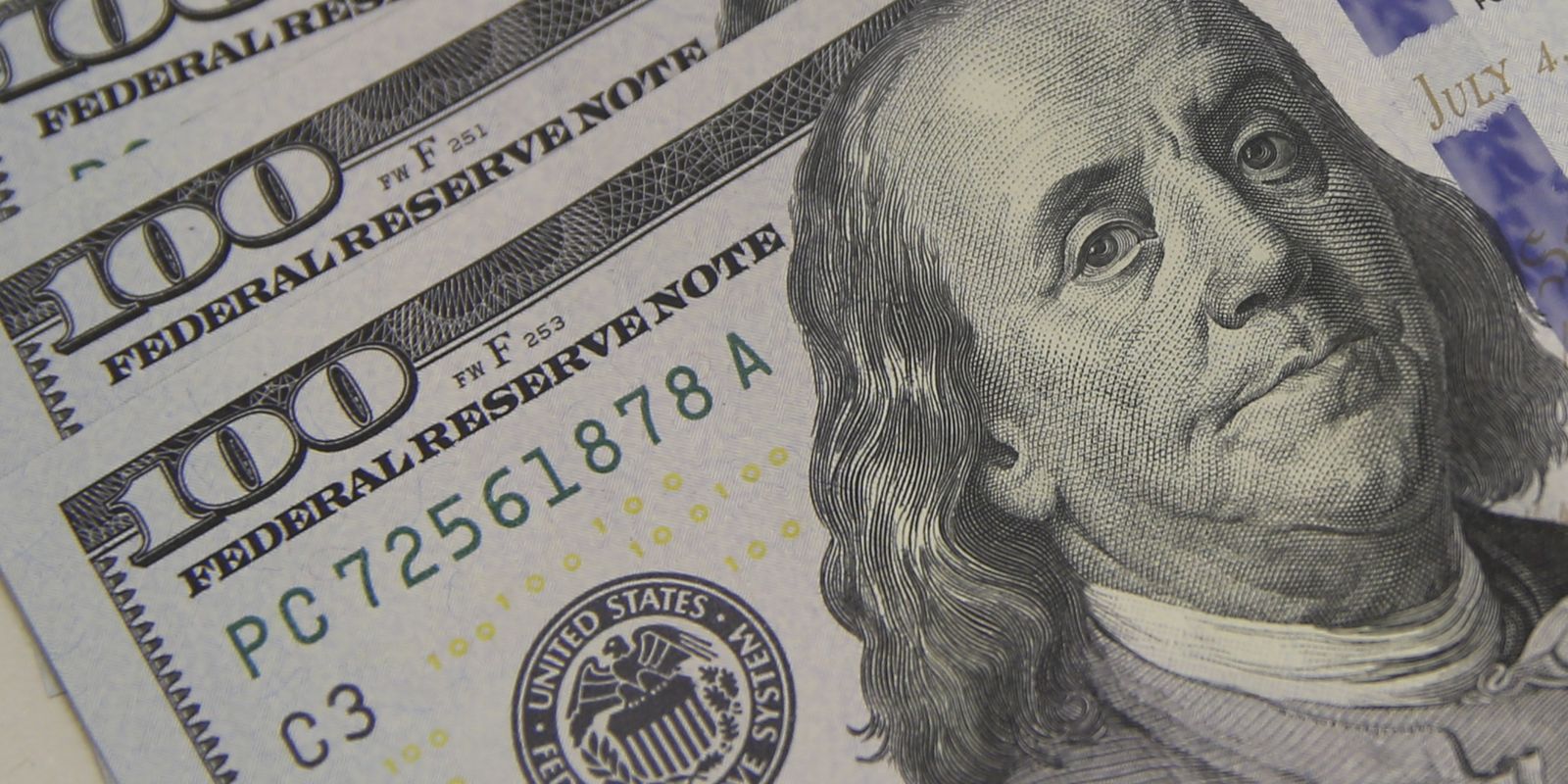The Central Bank (BC) announced on Monday (26) that the increase in service imports and the decrease in the trade surplus caused the external account deficit to reach its highest level since 2019 for the first seven months of the year. In the period from January to July, the result was negative at $25.552 billion. The deficit doubled compared to the same period in 2023, when it reached $12.54 billion.
External accounts, also called current accounts, measure a country’s exposure to external crises. The indicator is composed of the sum of the trade balance, the services balance (exports minus service imports), primary income (which includes transfers of earnings abroad and interest payments on loans) and personal transfers from Brazilians living abroad to households.
In July alone, external accounts recorded a deficit of $5.162 billion, an increase of 45.1% compared to the same month in 2023.
The main factor responsible for the widening external deficit was the increase in imports of services, among others. This led to the services balance, which includes transportation, insurance, financial services and international travel, closing the first seven months of the year with a deficit of $28.937 billion, compared to a negative result of $22.159 billion in the same period in 2023.
Meanwhile, after consecutive growth until 2023, the trade surplus will narrow in 2024. From January to July, the country exported US$44.696 billion more than it imported. In the first seven months of last year, the result was positive at US$49.789 billion.
According to the central bank, the increase in the external account deficit is linked to economic growth. When GDP (gross domestic product, the sum of wealth produced in a country) grows, the country imports more products and services.
Tourists abroad
In the services account, the external accounts also measure Brazilian tourists’ spending abroad. In the first seven months of the year, Brazilian tourists spent US$8.403 billion in other countries. Despite the appreciation of the dollar, these expenditures saw a slight decrease compared to the same period last year, when they totaled US$8.465 billion.
In July alone, tourism spending abroad reached US$1.384 billion, exactly the same level as in 2023. With the dollar accumulating a 19.56% increase in the 12 months ending in July, the stability of spending can be explained by the increase in income. Brazilian tourists are leaving Brazil.
Direct investments
The negative balance of external accounts is usually offset by foreign direct investment, and investments by companies that generate jobs in the country. From January to July, foreign companies invested US$45.065 billion in Brazil, an increase of 20.15% compared to the same months in 2023.
In July alone, total foreign direct investment reached US$7.258 billion, a slight increase compared to US$7.1 billion recorded in July last year.

“Hardcore beer fanatic. Falls down a lot. Professional coffee fan. Music ninja.”



![[VÍDEO] Elton John’s final show in the UK has the crowd moving](https://www.tupi.fm/wp-content/uploads/2023/06/Elton-John-1-690x600.jpg)



More Stories
The 4-day work week could become a reality for those who have a formal contract
Limpa Nome promises discounts of up to 99%.
Foz de Amazonas: Obama technicians recommend rejection – 10/29/2024 – Environment